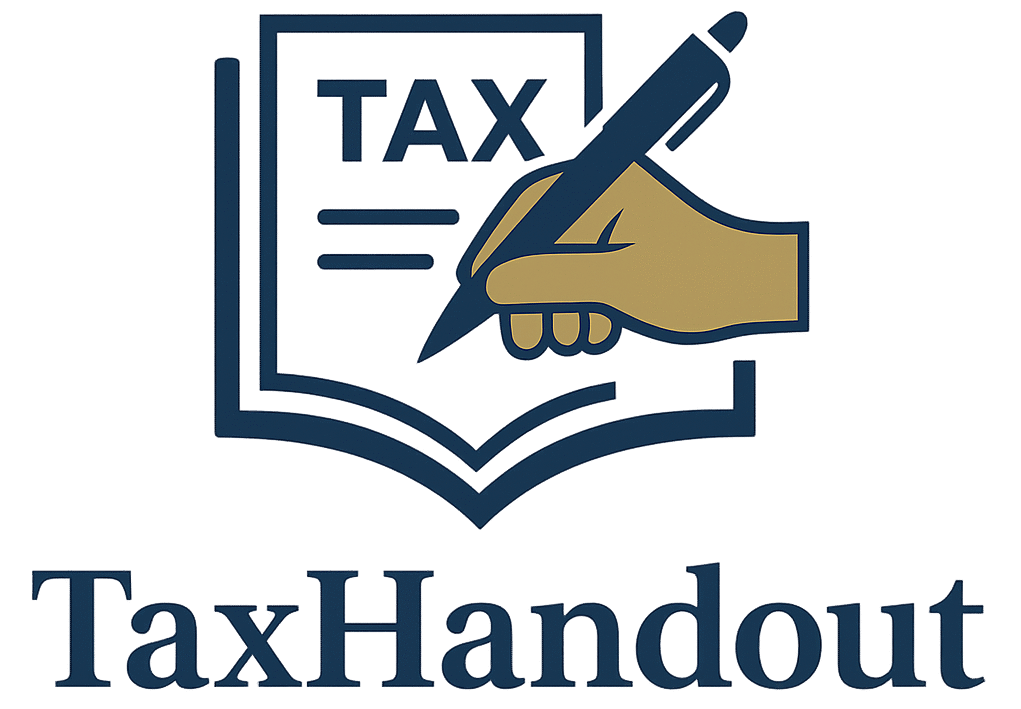You know that Input Tax Credit (ITC) is the backbone of the Goods and Services Tax (GST) system. ITC allows you to reduce your tax liability by claiming credit for the GST you’ve already paid. But what happens if you’ve done everything right—holding a valid invoice and having received the goods—yet your supplier fails to pay the tax to the government?
This common issue is addressed by a specific rule in the GST framework: Rule 37A.
Let’s break down what this rule means for you, how it works, and what you need to do if you find yourself in this situation.
The Basics: Conditions for Claiming GST Credit
Before we dive into Rule 37A, it’s important to revisit the basic conditions for claiming ITC under GST. You need to ensure:
| Pre-conditions | Section Reference | Post-conditions | Section Reference |
|---|---|---|---|
| Registration | 16(1) | Payment to Supplier within 180 days | Rule 37 |
| Filing of Form GSTR-1 by Supplier (for it to appear in GSTR-2A/2B) | 16(2)(aa) | Actual end-use in making taxable outward supplies (not exempt under Notification No. 12/2017-CT(R)) | 17(1), 17(2), 17(5)(h), 18(4) |
| Possession of Valid Tax Invoice | 16(2)(a) | Not blocked (default condition) | 17(5) |
| Delivery of Goods or Services (complete and effective) | 16(2)(b) | Steps to ‘claim-reverse-restore’ credit if supplier’s credit is belatedly matched | Rule 37A |
| Credit Matching via GSTR-2B | 16(2)(ba) | Not ineligible (special category) | Tariff Conditions (Rate Notification) |
| Payment of Tax by Supplier | 16(2)(c) | Time limit to claim credit | 16(4) |
| Credit Shown in Return Filed | 16(2)(d) | Time limit to claim credit for FYs 2017-18, 2018-19, 2019-20, and 2020-21 up to 30.11.2021 | 16(5) |
Crucially, your supplier must have paid the tax they collected from you to the government, as specified under Section 16(2)(c) of the GST Act. This is the key condition that Rule 37A addresses if the supplier fails to comply.
What is GST Rule 37A ?
Introduced on December 26, 2022, Rule 37A outlines the procedure to temporarily reverse the ITC you’ve claimed if your supplier hasn’t paid the tax to the government.
Here’s how it works:
- Your supplier files their GSTR-1, and the invoice appears in your GSTR-2B.
- You claim the ITC in your GSTR-3B return based on this.
- However, your supplier fails to file their GSTR-3B return—the form in which they pay the tax to the government.
Important Deadlines and Your Action Plan
If your supplier fails to pay the tax, Rule 37A gives you clear deadlines for reversing the ITC to avoid penalties.
- The First Deadline: September 30th
Check if your supplier has filed their GSTR-3B by September 30th of the following year. If they haven’t, it’s time to act.
Example: If you received an invoice from your supplier in May 2024, you must check if the supplier has filed their GSTR-3B for May 2024 by September 30, 2025.
- The Second Deadline: November 30th
If the supplier hasn’t filed their GSTR-3B by September 30th, you must reverse the ITC you claimed on that invoice by November 30th of the same year.
The Golden Rule: Reversing the ITC on or before November 30th means you won’t incur any interest penalties.
If you miss the November 30th deadline, you’ll still have to reverse the ITC, but you will also be liable to pay interest as per Section 50 of the GST Act.
Can You Re-Claim the ITC ?
The reversing ITC doesn’t mean you lose it forever. Once your supplier files their GSTR-3B and pays the tax, you can re-claim the ITC in a subsequent tax period. This “parking” of ITC is a temporary measure, allowing businesses to safeguard their credits.
A Practical Challenge: The GSTR-3B Filing Loophole
While Rule 37A provides a clear procedure, there’s a practical challenge that businesses face. The rule links the “payment of tax” to the supplier filing their Form GSTR-3B. As a recipient, you can go to the GST portal and check the filing status of your supplier’s return.
However, here’s the catch: You can only see if the GSTR-3B was filed, not what was filed.
A supplier could potentially:
- File a Nil GSTR-3B (declaring no sales or tax).
- File a return but under-report the tax liability from your invoice.
In both cases, the portal would show the return status as “Filed,” and you would have no reason to reverse the ITC. Yet, the government would not have received the tax you paid. This flaw puts the honest taxpayer at a disadvantage, as you can’t verify the actual tax payment. This is a significant loophole that many in the industry hope will be addressed in future GST amendments to bring more transparency.
Key Takeaways for You
- Monitor Your Suppliers: Track the GSTR-3B filing status of your suppliers, especially for older invoices.
- Be Timely: If the supplier hasn’t filed by September 30th, reverse the credit by November 30th to avoid interest.
- Understand the Loopholes: A “Filed” GSTR-3B doesn’t guarantee that the correct tax has been paid.
- Re-Claim ITC: Once the supplier complies, you can easily re-claim the reversed ITC in future periods.
By understanding Rule 37A, you can stay compliant, avoid unnecessary interest charges, and ensure you don’t lose your valuable Input Tax Credit. Regularly tracking your suppliers’ tax payment status will help keep you on top of things and mitigate any disruptions in your tax credits.

